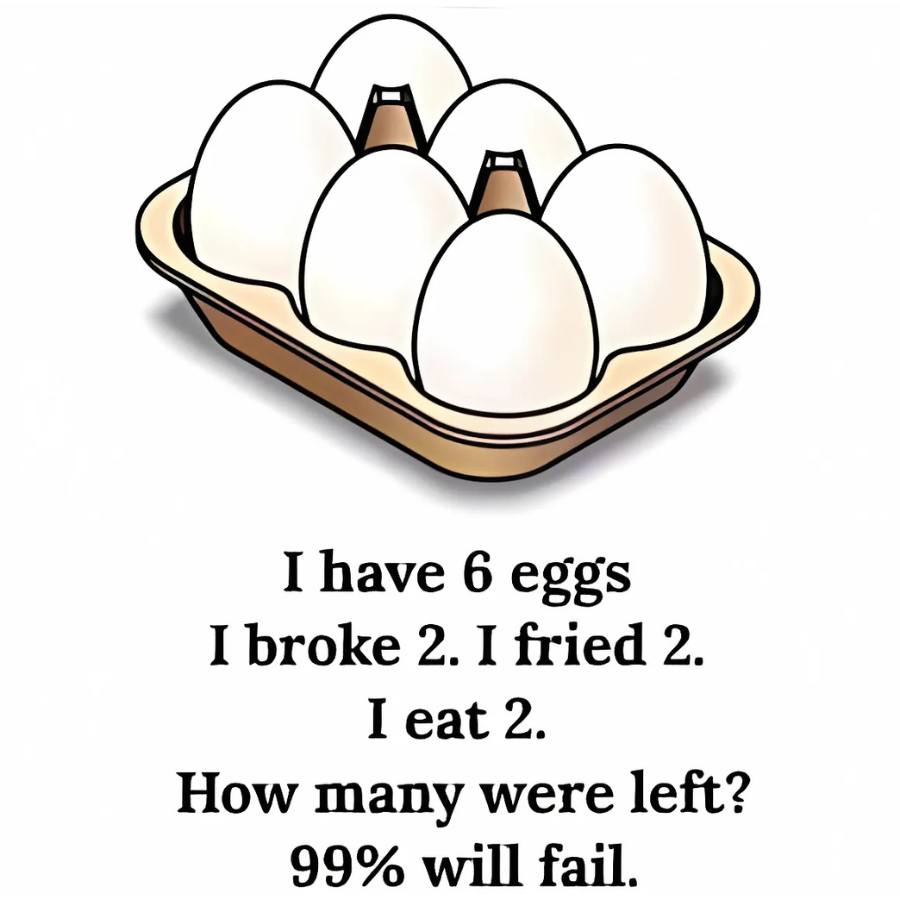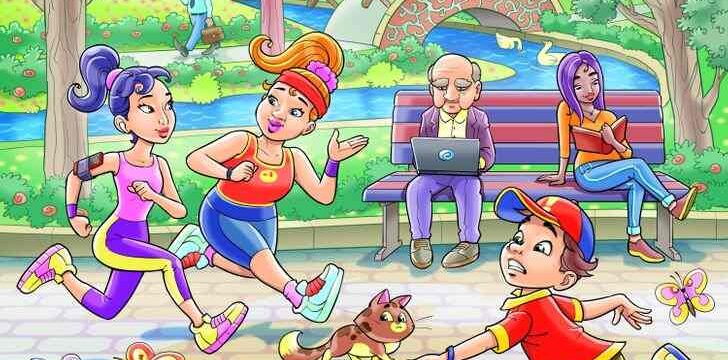
Riddles have long intrigued and puzzled us, offering a playful challenge to our logical thinking. One such riddle making the rounds is:
“You have 6 eggs. You break 2, cook 2, and eat 2. How many eggs are left?”
At first glance, the answer might seem straightforward, but let’s delve deeper to uncover the logic behind it.
Breaking Down the Riddle
To solve this riddle, it’s essential to analyze each action step by step:
- Starting Point: You begin with 6 eggs.
- Breaking Eggs: Breaking 2 eggs doesn’t eliminate them; it merely changes their state from whole to cracked.
- Cooking Eggs: Cooking 2 eggs involves taking 2 of the previously broken eggs and preparing them.
- Eating Eggs: Eating 2 eggs refers to consuming the 2 eggs that were broken and cooked.
Calculating the Remaining Eggs
Considering the sequence of actions:
- You started with 6 eggs.
- The 2 eggs that were broken, cooked, and eaten are no longer in their original form.
- The remaining 4 eggs were untouched throughout the process.
Conclusion
Therefore, after breaking, cooking, and eating 2 eggs, you have 4 eggs left in their original, uncooked, and uneaten state.
This riddle cleverly plays on the assumption that each action involves different eggs, when in fact, the same 2 eggs undergo all three actions. It’s a reminder of how our initial perceptions can be challenged by careful analysis, highlighting the importance of thinking through each step methodically.
Next time you encounter a riddle, take a moment to dissect the wording and sequence of events. Often, the solution lies in understanding the precise meaning behind each action described.
For more intriguing riddles and brain teasers, explore our collection and challenge your mind further.





